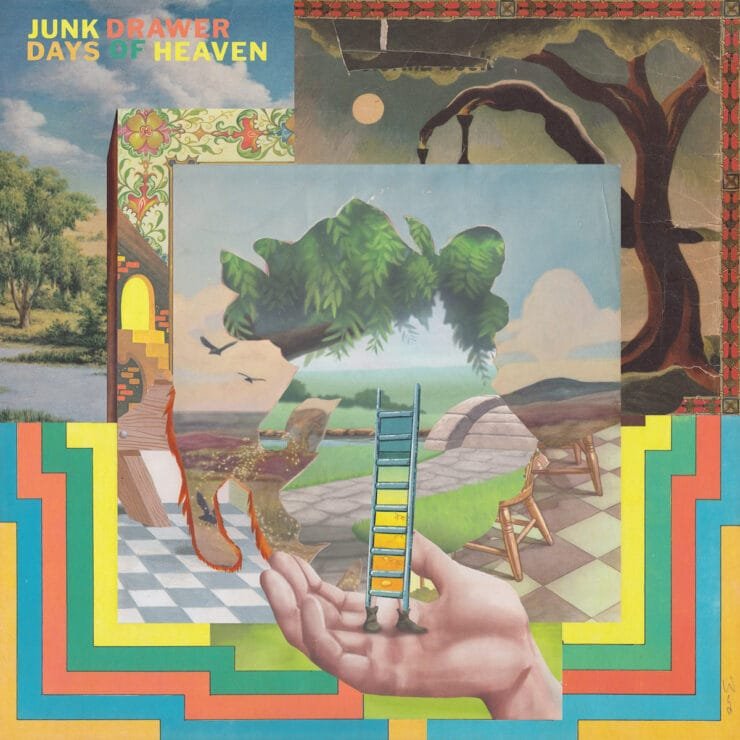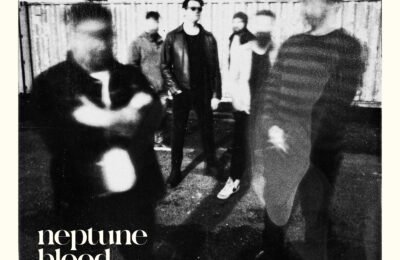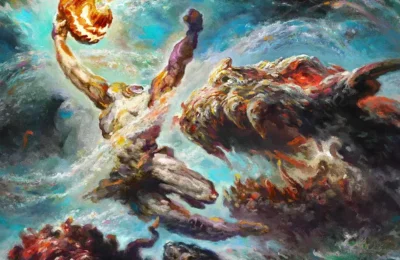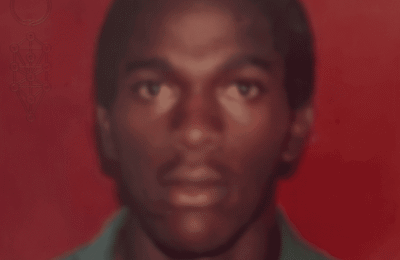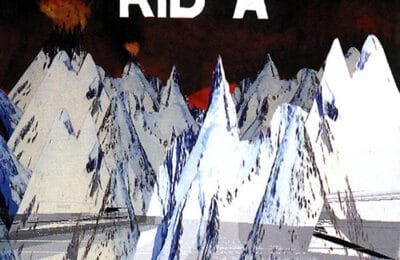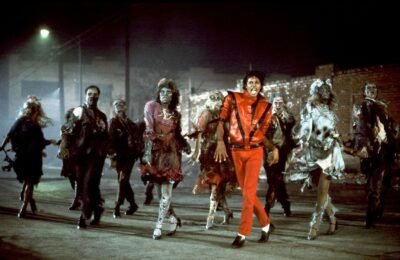When they hired Canadian artist Paul Henderson to design the cover of their latest album, Junk Drawer knew precisely what they were doing. After less than a few listens to the music, it becomes clear that the artwork adorning Days of Heaven perfectly encapsulates its content.
Influences and Identity
Since the release of their first album (Ready For The House), Junk Drawer has never shied away from acknowledging their influences. Most of them are rooted in left-field music from the ’60s and ’70s: Captain Beefheart, Kevin Ayers, Jonathan Richman, Can, Robert Wyatt, Television, etc. As is the case for many other rock bands, the question then becomes: how do you balance the cultural weight of these influences with your own artistic endeavours?
On Ready For The House and the EP The Dust Has Come To Stay, the production manage to underplay these influences and achieved that balance. It allowed Junk Drawer’s most distinctive elements to shine. The influences were there, but the sonic consistency from one track to the next often tended to blend them. This was clearly a smart decision. Because of these production choices, Junk Drawer’s musical strengths—their precise and clever songwriting, Stevie Lennox’s impressive voice—were on full display on these two releases. They were a band asserting themselves and their musical identity.
Playful Precision
Days of Heaven is indubitably the work of a now mature and confident band. A band that is artistically strong enough to play with its influences. The opening riff of “Pell Mell” is clearly reminiscent of Television’s intricate guitar work. “Ghosts of Leisure” seems to literally quote The Velvet Underground. “Where Goes the Time” is a beautiful song evoking both Neil Young and Sparklehorse, thanks to Jake Lennox’s phenomenal vocal performance. Producer Chris W. Ryan deserves special praise—the guitars sound so uncannily close to their references. It’s as if they were literally lifted from Television’s and The Velvet Underground’s records.
Collage as Creation
And this is why the cover represents Days of Heaven so perfectly. This is the work of a band who has embraced the art of musical collage and carved their very own songs out of pre-existing references. Just like its cover—where the image of a landscape is cut to look like the legs of some kind of hairy beast—Days of Heaven may at times evoke the work of other bands, but it is absolutely a Junk Drawer album.
From “The Prisoner”—probably the track that sounds the most like their previous output—to the more experimental soundscapes of “Optigan 2” (Pink Floyd meets Young Marble Giants?), one can recognise the band’s clever arrangements and sharp sense of rhythm. Indeed, Brian Coney on bass and Rory Dee on drums never disappoint.
Pushing Past the Trend
Overall, Days of Heaven is a fascinating milestone from one of Northern Ireland’s most intriguing indie bands. As post-punk seems to have overtaken the scene, thanks to the success of the likes of Fontaines D.C., The Murder Capital, or Girl Band, it is refreshing to see that Junk Drawer keeps exploring less-trodden paths and reporting on their journey—all in their very idiosyncratic way…

